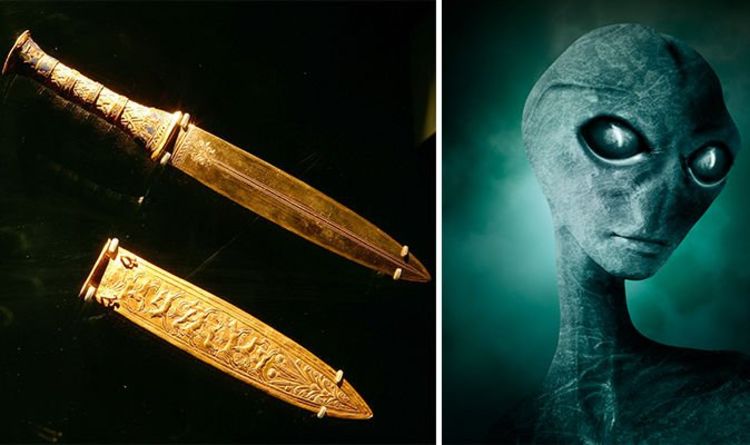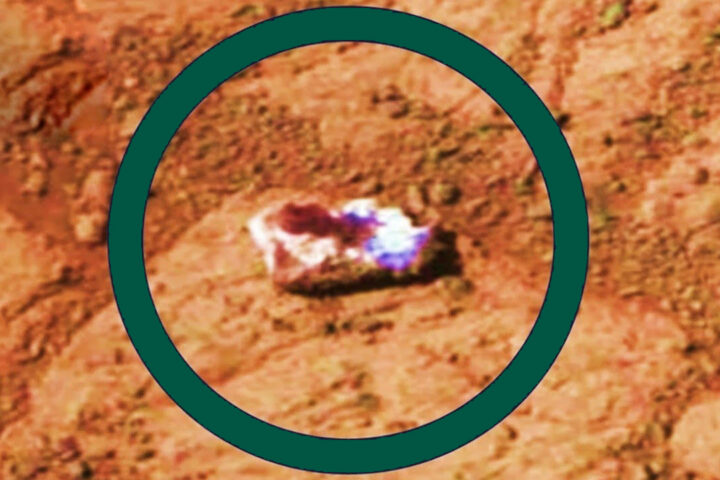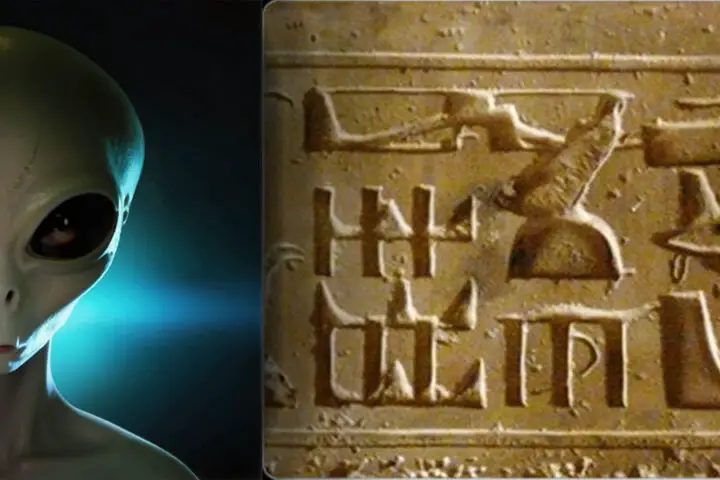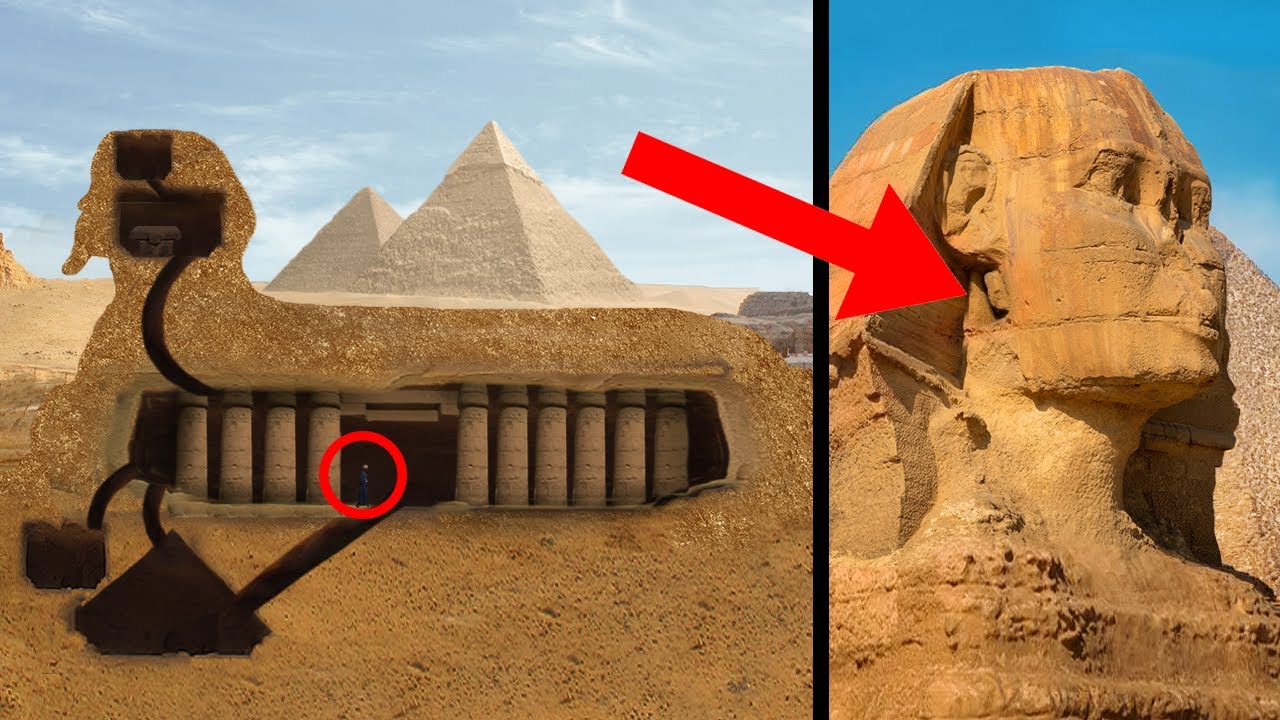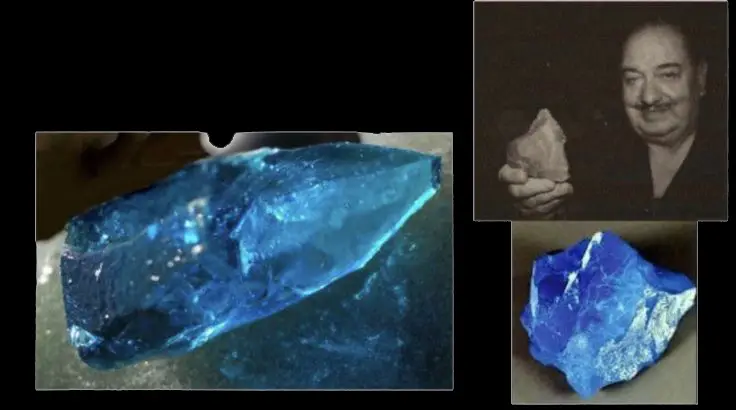In the annals of Egyptology, the discovery of King Tutankhamun’s tomb stands as a pinnacle moment, not just for its array of treasures, but for an object of cosmic mystery: an iron dagger of potentially extraterrestrial origin. Let’s delve into this enigmatic artifact, a subject that continues to captivate historians and scientists alike.
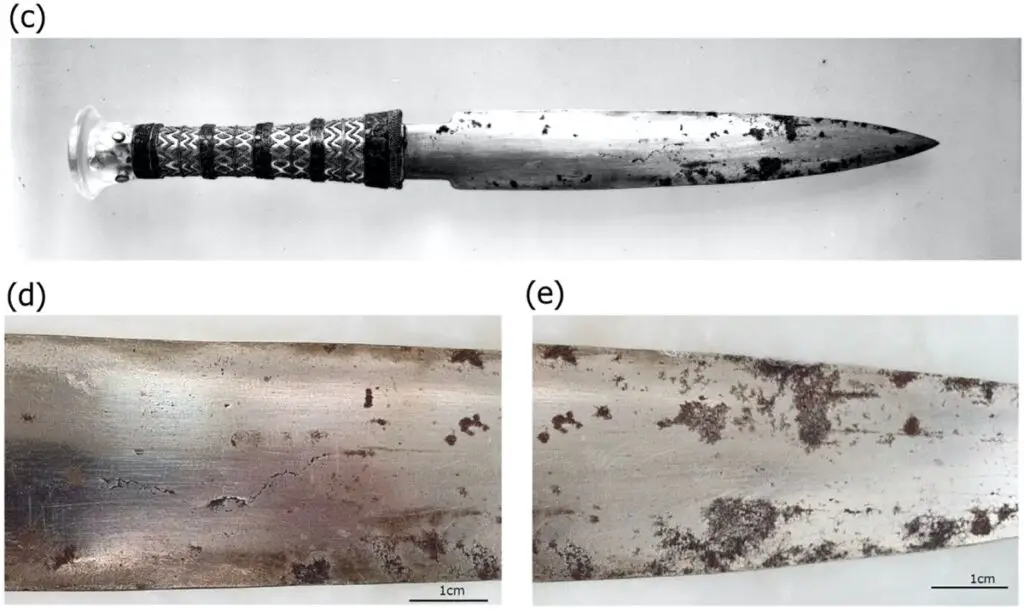
In November 1922, Howard Carter, a British Egyptologist, and his team made a historical breakthrough in the Valley of the Kings. They uncovered the untouched tomb of the young Pharaoh, a trove of artifacts and the resting place of Tutankhamun himself. Among these treasures was an item that defied the norms of the era: an iron dagger.
King Tut’s reign occurred during the Bronze Age, a period when iron was not yet a known commodity in Egypt. This dagger, therefore, presented a chronological anomaly. Initial attention was diverted due to the tomb’s other riches, especially the gold, but it was in 2016 when a pivotal analysis shifted the focus back to this iron dagger. Spectral analysis revealed that it was crafted from meteoric iron – a rare and challenging material to work with, given its scattered nature and the ancient Egyptians’ unfamiliarity with iron.
What makes this dagger even more baffling is its flawless construction. Meteoric iron typically contains high levels of nickel, rendering it brittle and difficult to shape. The conventional method to counter this would involve repeated folding and forging. However, King Tut’s dagger shows no signs of such treatment. Its pristine condition suggested a casting process, a technology far beyond the capabilities of the Egyptians and not developed until centuries later in China.
This leaves us pondering two possibilities: either the Egyptians were far more technologically advanced than previously thought, or the dagger was not of their making. One intriguing theory posits that the dagger was a gift from Tutankhamun’s father, Pharaoh Akhenaten, a controversial figure known for radically changing Egypt’s religious landscape. This hypothesis aligns with the idea that the dagger, with its otherworldly origins, could symbolize the divine or the celestial, particularly in the context of Akhenaten’s monotheistic worship of the Aten.

